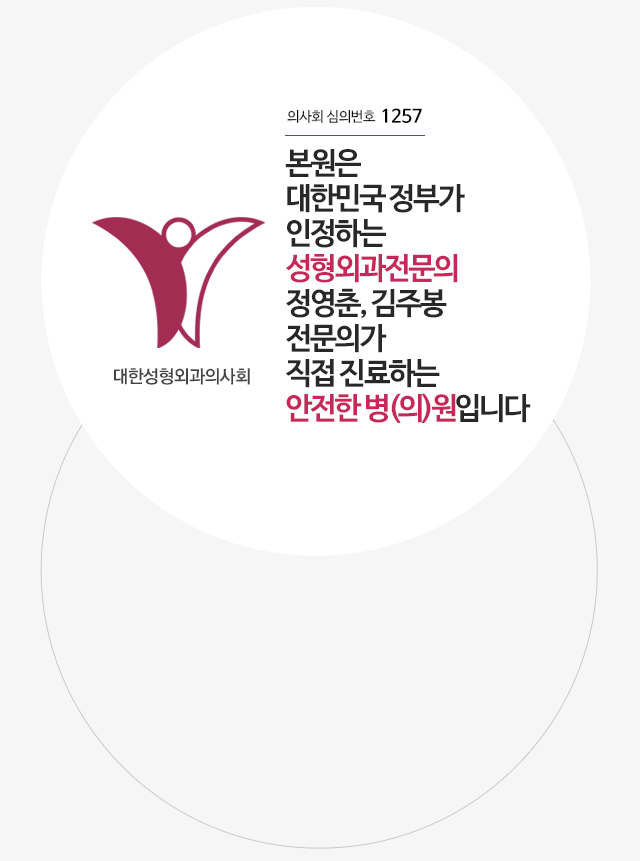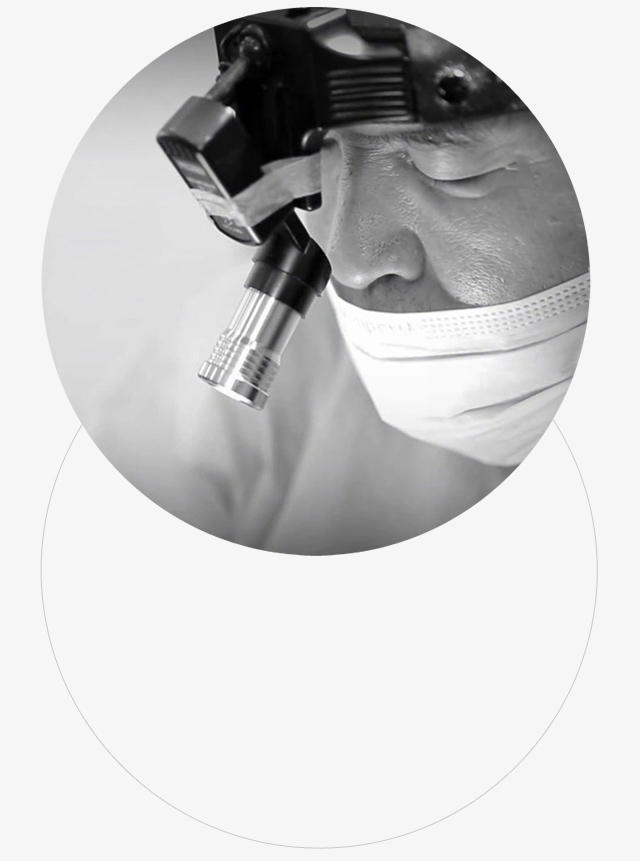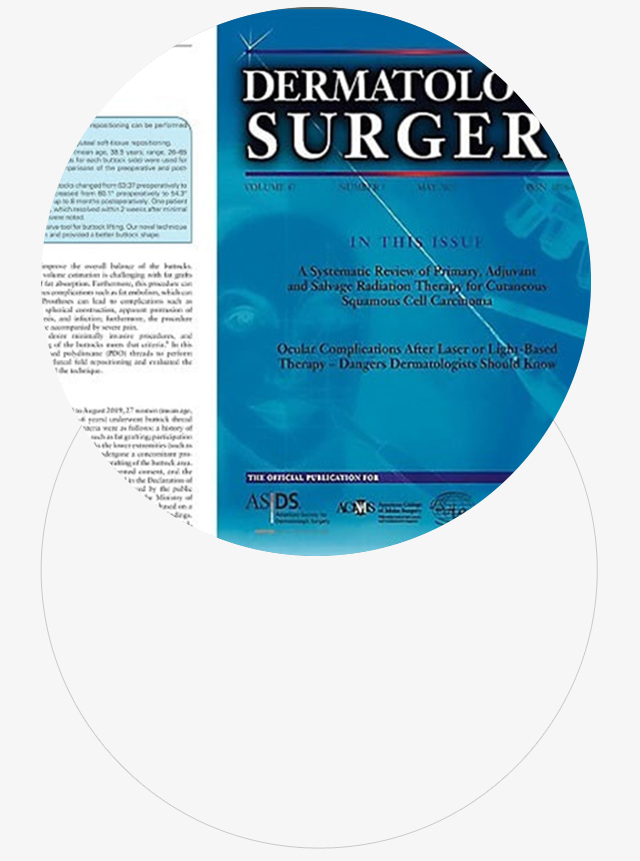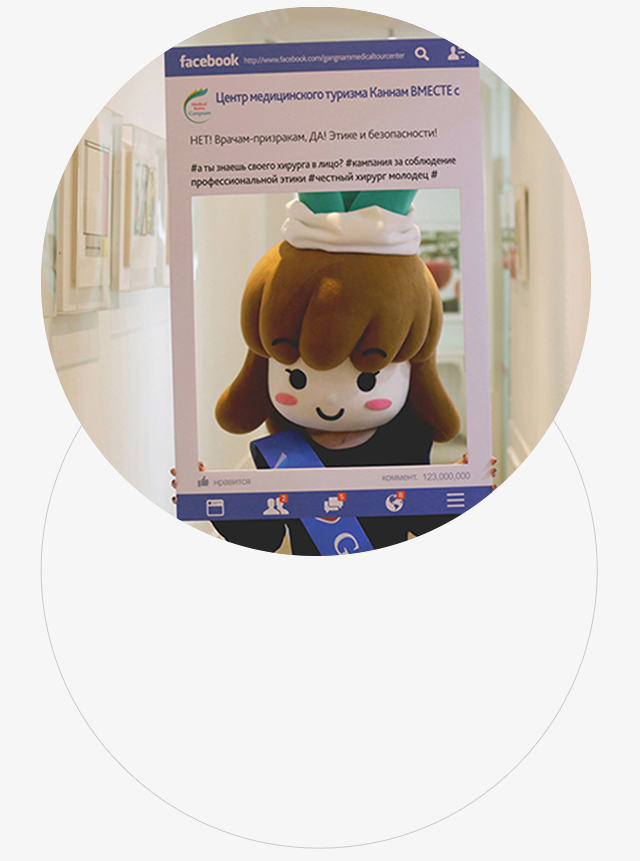



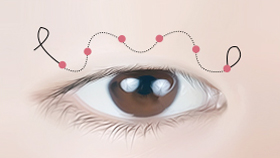

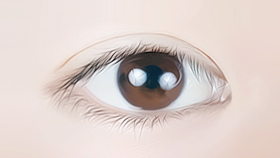



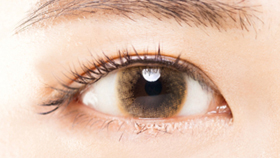
The double eyelid line starts from the inner corner of the eye, characterized by a smaller height and length.
This type of double eyelid is commonly found among East Asians.
When referring to inner double eyelids, this is typically the type being discussed, as it tends to have the most natural eyelid shape.
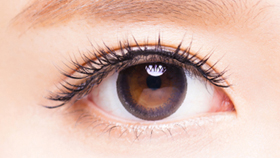
The double eyelid line starts and ends at the outer corners of the eye and is commonly referred to as the Western line.
Depending on the eye shape before surgery, this style may appear somewhat awkward for the typical shape of Asian eyes.
However, for individuals with larger eye shapes prior to surgery, this technique can enhance the appearance of the eyes, making them look bigger.

It is a type of eyelid that falls between the inline and outline styles, with the double eyelid line starting from the inner corner of the eye and extending to the outer corner.
This method is recommended for those seeking a natural appearance while also enhancing the size of their eyes.

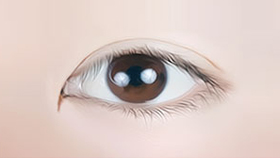
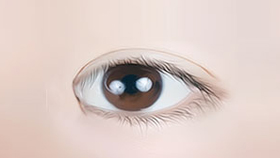
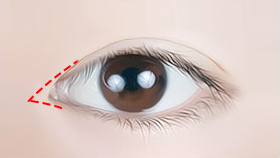




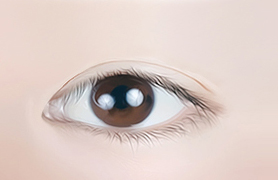

 HERSHE Customized Eye Surgery
HERSHE Customized Eye Surgery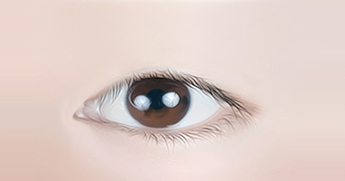
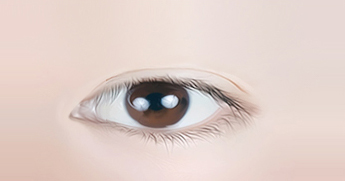
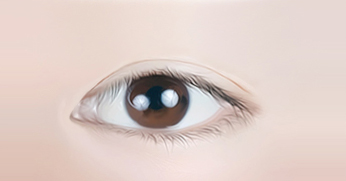
 Comprehensive Eye Condition Assessment Before Surgery
Comprehensive Eye Condition Assessment Before Surgery Dedicated Medical Team for Eye Plastic Surgery with Personalized 1:1 Care
Dedicated Medical Team for Eye Plastic Surgery with Personalized 1:1 Care
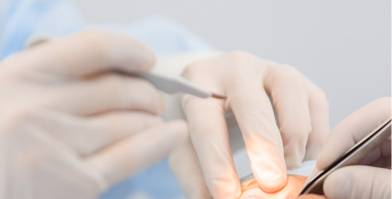


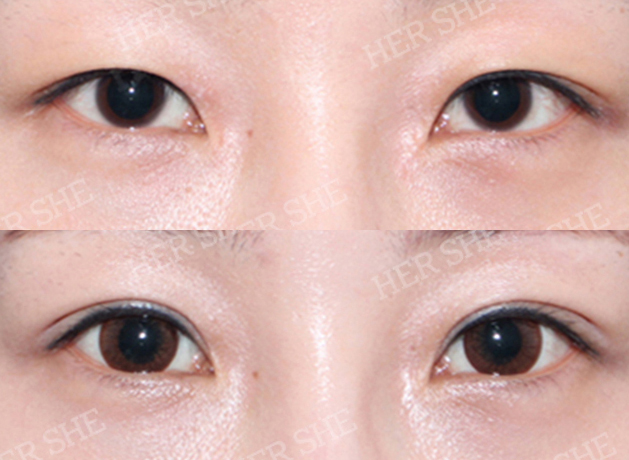
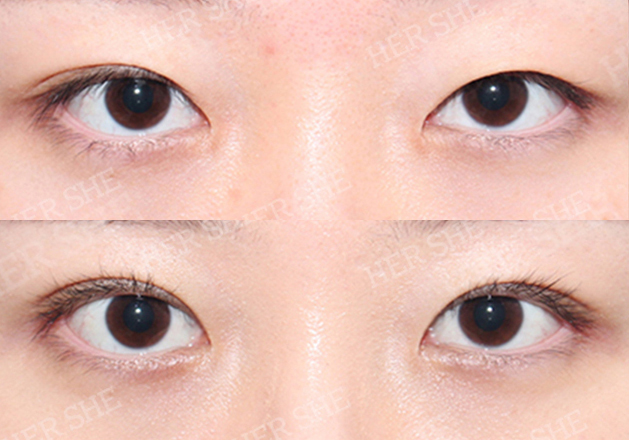
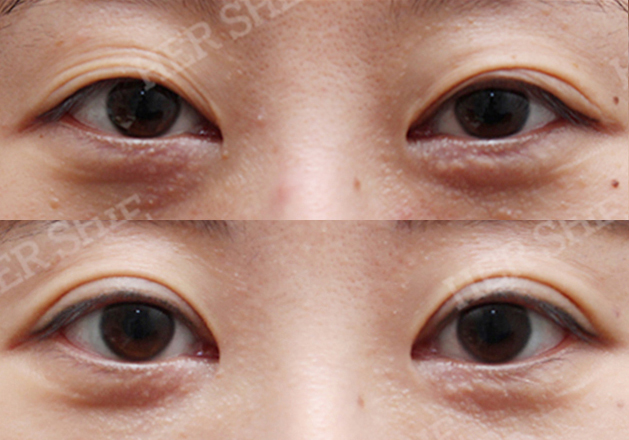
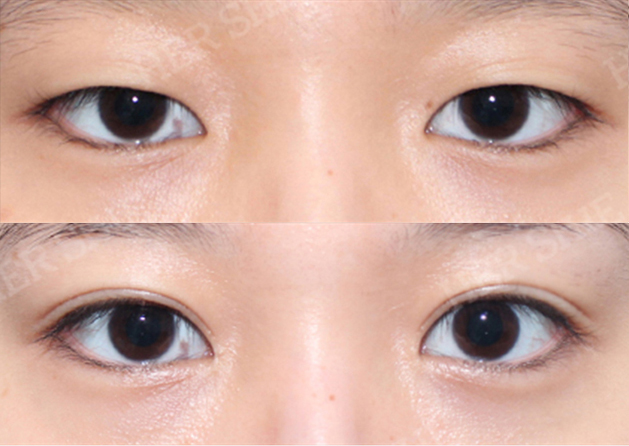

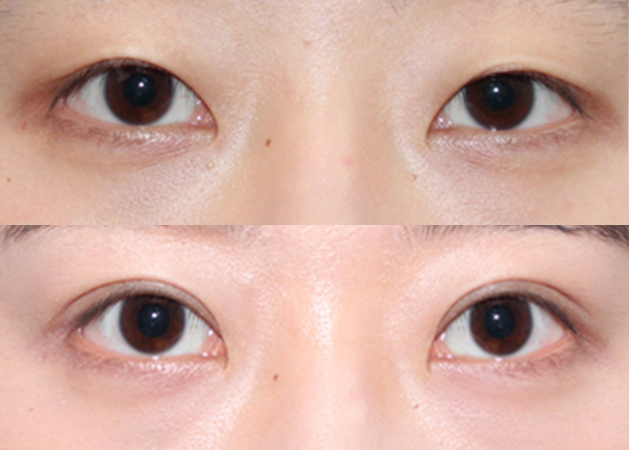
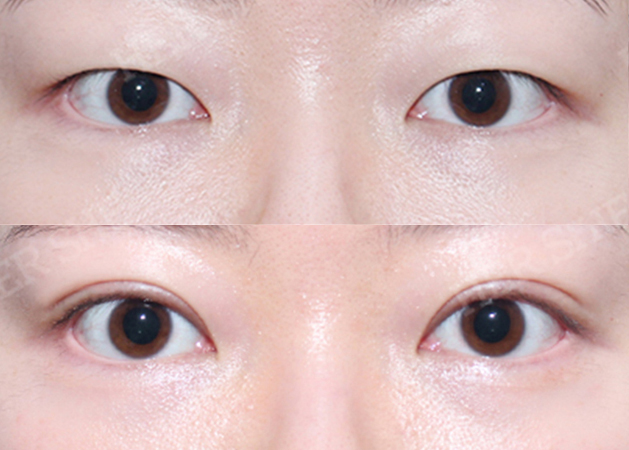


Q.Is it Possible to Undergo Eye Surgery in One Day?
A.A. Yes, it is possible. The surgery typically lasts between one and a half to two hours, and hospitalization is not required. You can go home directly after the surgical procedure. However, you will need to return to the clinic for follow-up check-ups and stitch removal.
Q.Will There Be Noticeable Scarring?
A.Generally, eye surgery is designed to leave minimal to no noticeable scars. However, the specific surgical techniques used may vary for each individual, which could result in some scarring. Fortunately, these scars can often be effectively managed through laser treatments or prescribed ointment, ensuring minimal disruption to your daily life.
Q.Are There Any Side Effects?
A. All surgeries carry the potential for unexpected discomfort or side effects. To minimize these risks, it is essential to consult with experienced specialists and carefully follow post-surgery care instructions. If you experience significant discomfort, severe bleeding, heat sensation, inflammation, or any other concerning symptoms, it is important to promptly contact the clinic for appropriate care.
Q.Will It Be Painful?
A. During surgery with sedation, you should not feel any pain; however, you may experience some discomfort as the anesthesia wears off. In the case of double eyelid surgery, it is typically performed under local anesthesia, which means it may be somewhat painful during the injection of the anesthesia. Achieving precise double eyelid lines requires the patient's cooperation in steadily opening and closing their eyes. This can be challenging under sedation, as it may be difficult to control the opening and closing of the eyes clearly.
Q.When Can I Return to Daily Activities?
A. Aside from the surgical mark being noticeable and slightly uncomfortable, the typical recovery period for bruising and swelling is around 2 to 3 weeks. After this period, you can resume daily activities such as applying eye makeup and wearing contact lenses. Over the following 3 to 6 months, the tissues affected by the surgery will gradually heal, resulting in a natural outcome. By following the post-surgery instructions provided by the hospital, you can expect a faster recovery and more stable surgical results.
Q.What Are the Post-Surgery Precautions?
A. Prior to the surgery, the clinic will provide you with explanations, consent forms, and pre-surgery instructions. After the surgery, the clinic will provide post-surgery instructions as well as prescribed medication. Some important post-surgery instructions include abstaining from alcohol and smoking for about a month to prevent bleeding and infection. If you experience itching, swelling, or allergic reactions around the eyes while taking antibiotics after the surgery, discontinue the medication and visit the clinic. It is advisable to avoid getting water on or around the eyes for about a week. To reduce bruising, swelling, and bleeding, cold compresses can be applied for approximately 2 to 3 days after the surgery, followed by a combination of warm and cold compresses after one week, along with light walking. It is important to avoid positions that increase blood pressure around the eye area, such as bending over.









 힙업리프팅으로 애플힙 뒤태 만들수있나요? 힙업성형 Q&A
힙업리프팅으로 애플힙 뒤태 만들수있나요? 힙업성형 Q&A

 어깨필러 상담부터 시술과정까지, 직각어깨 REAL 현장
어깨필러 상담부터 시술과정까지, 직각어깨 REAL 현장

 쌍수하고 술 언제부터 마셔도 되나요?
쌍수하고 술 언제부터 마셔도 되나요?


